סינית
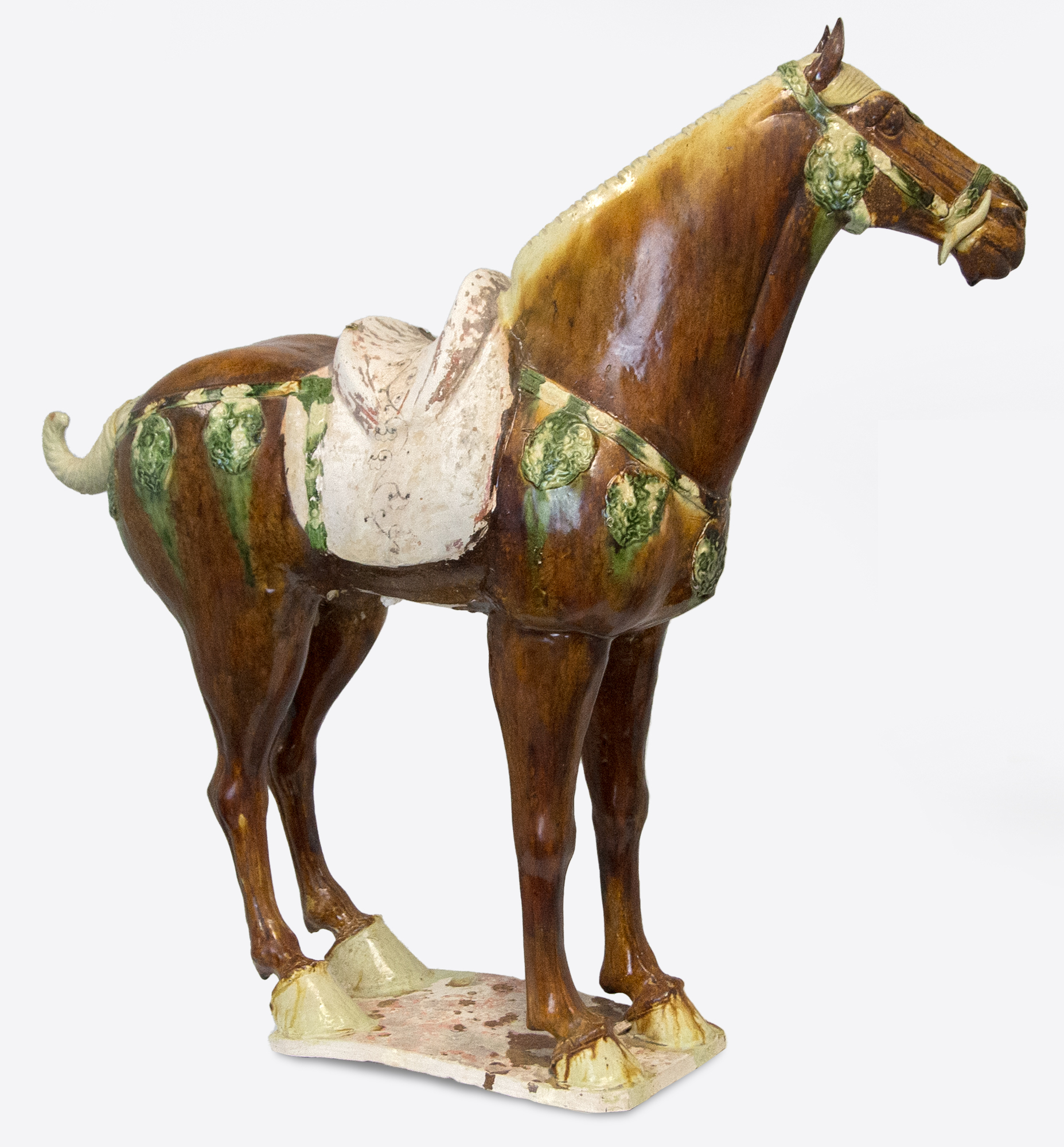

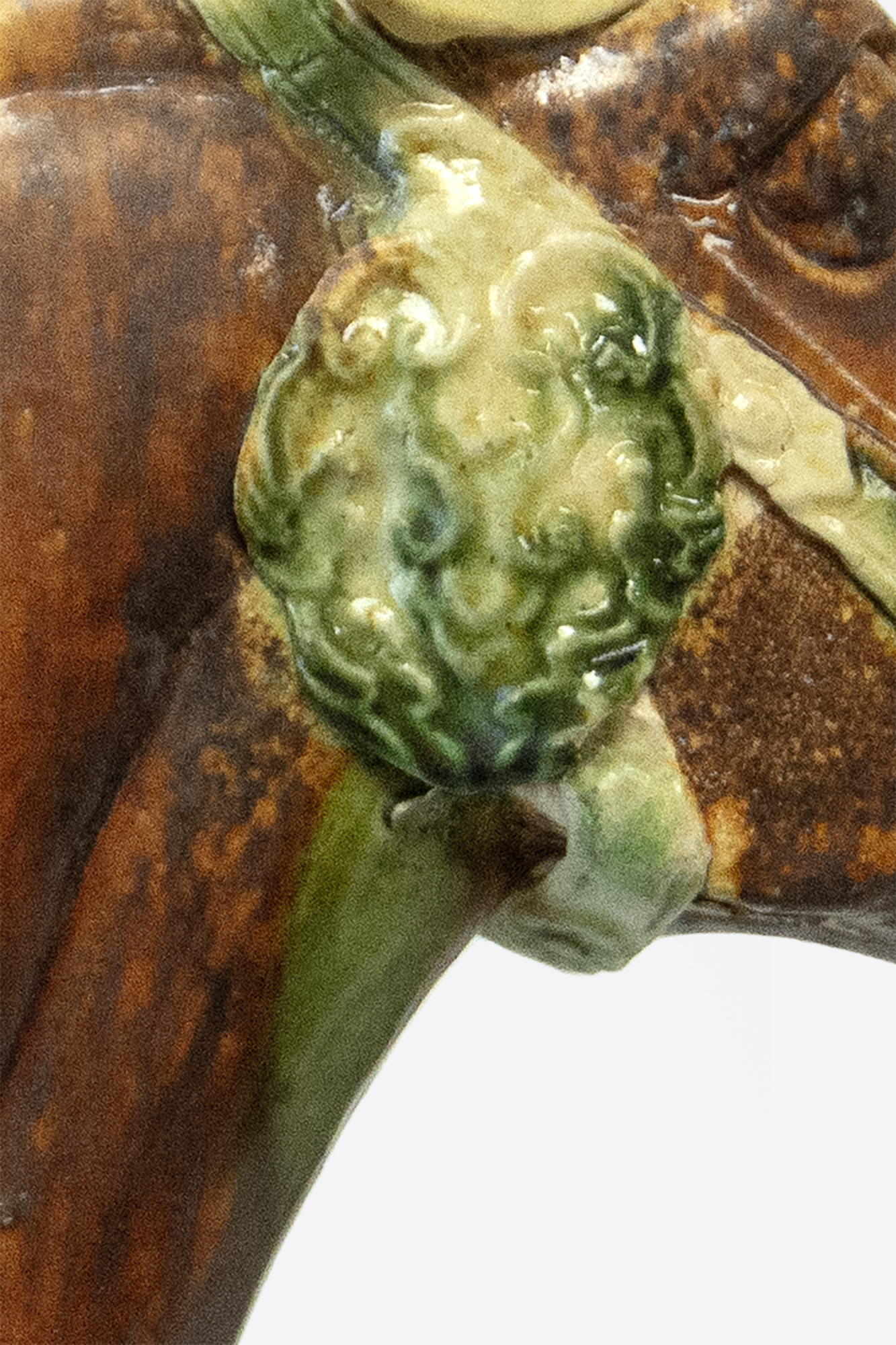
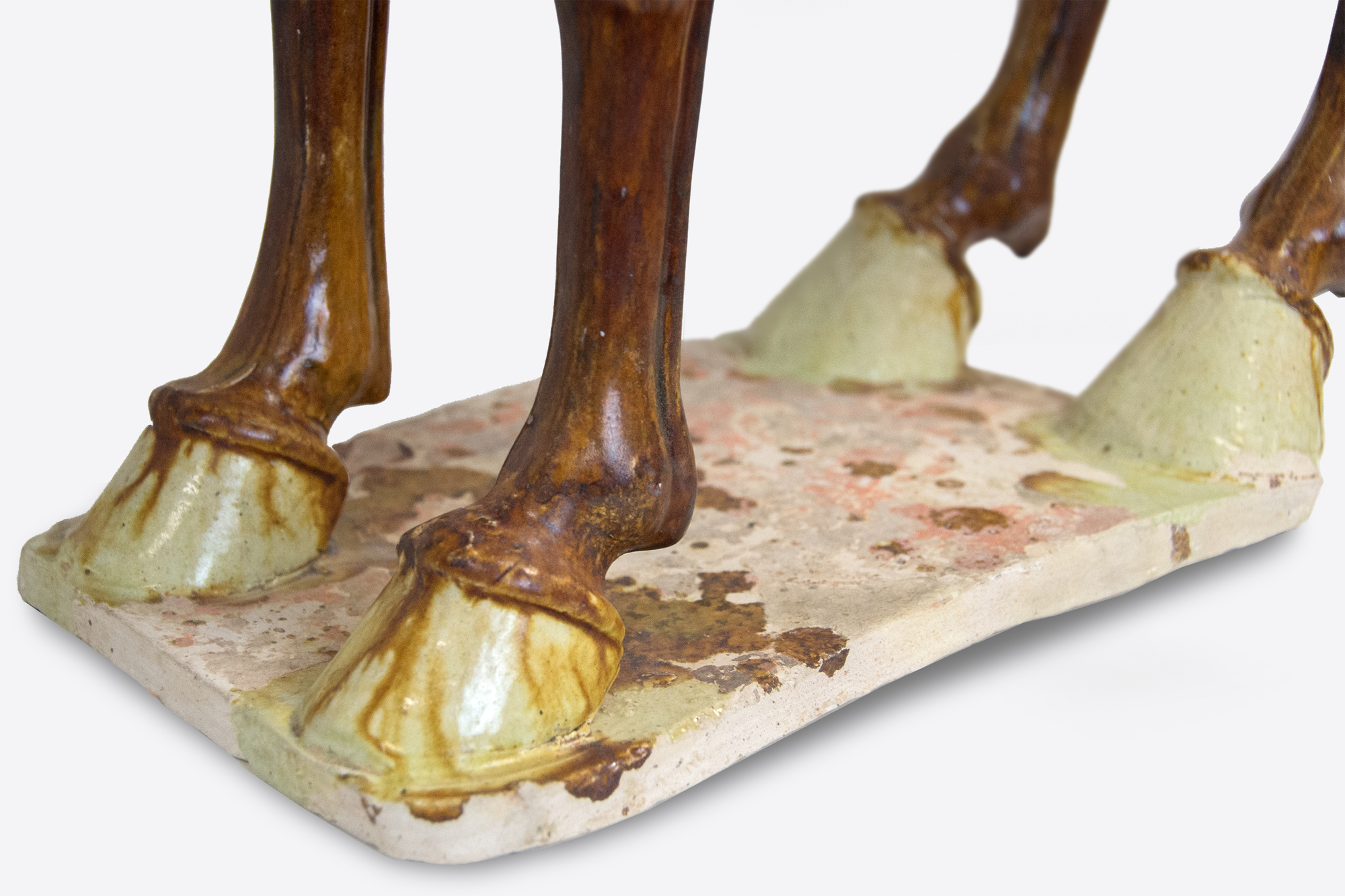
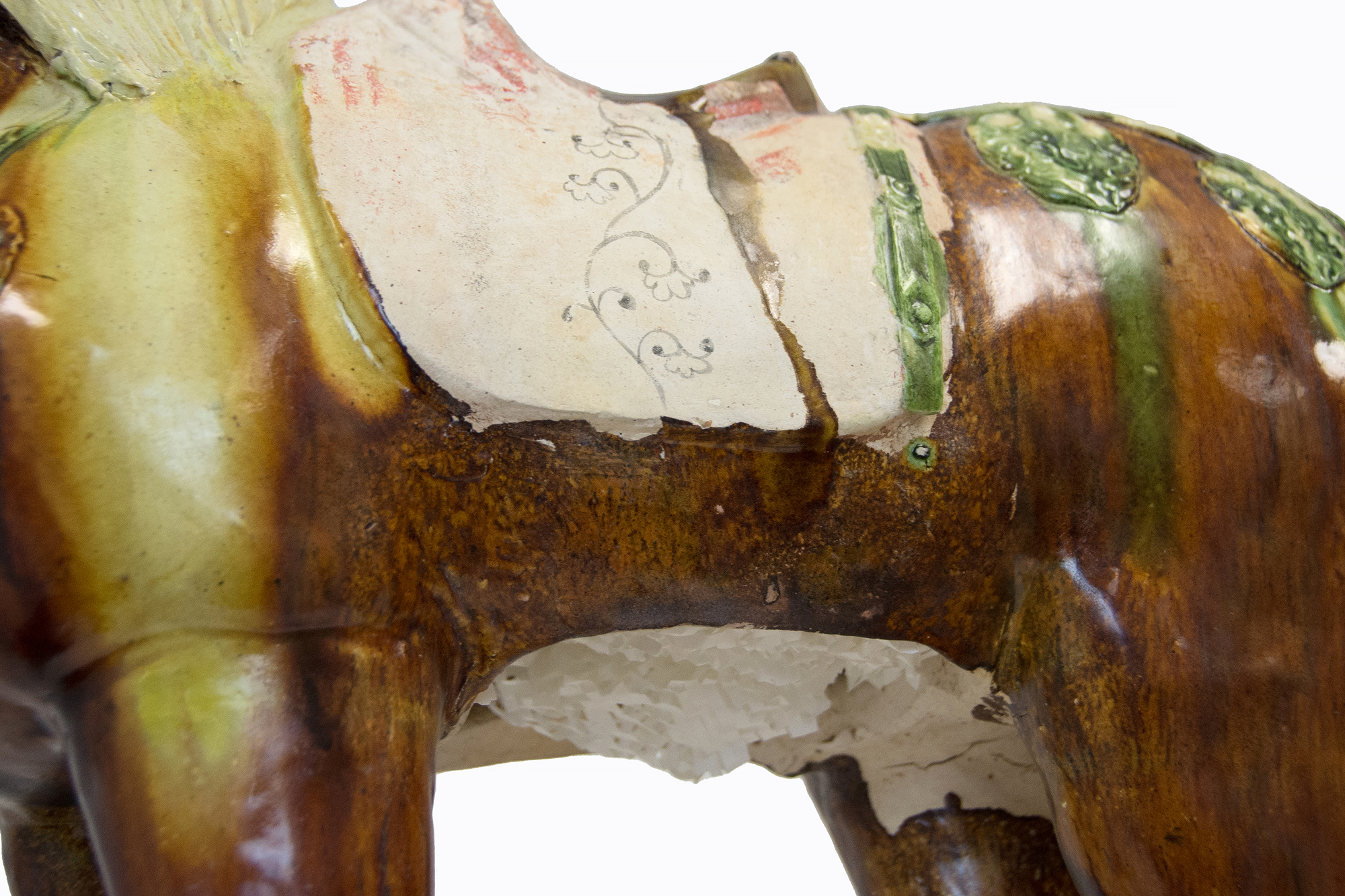
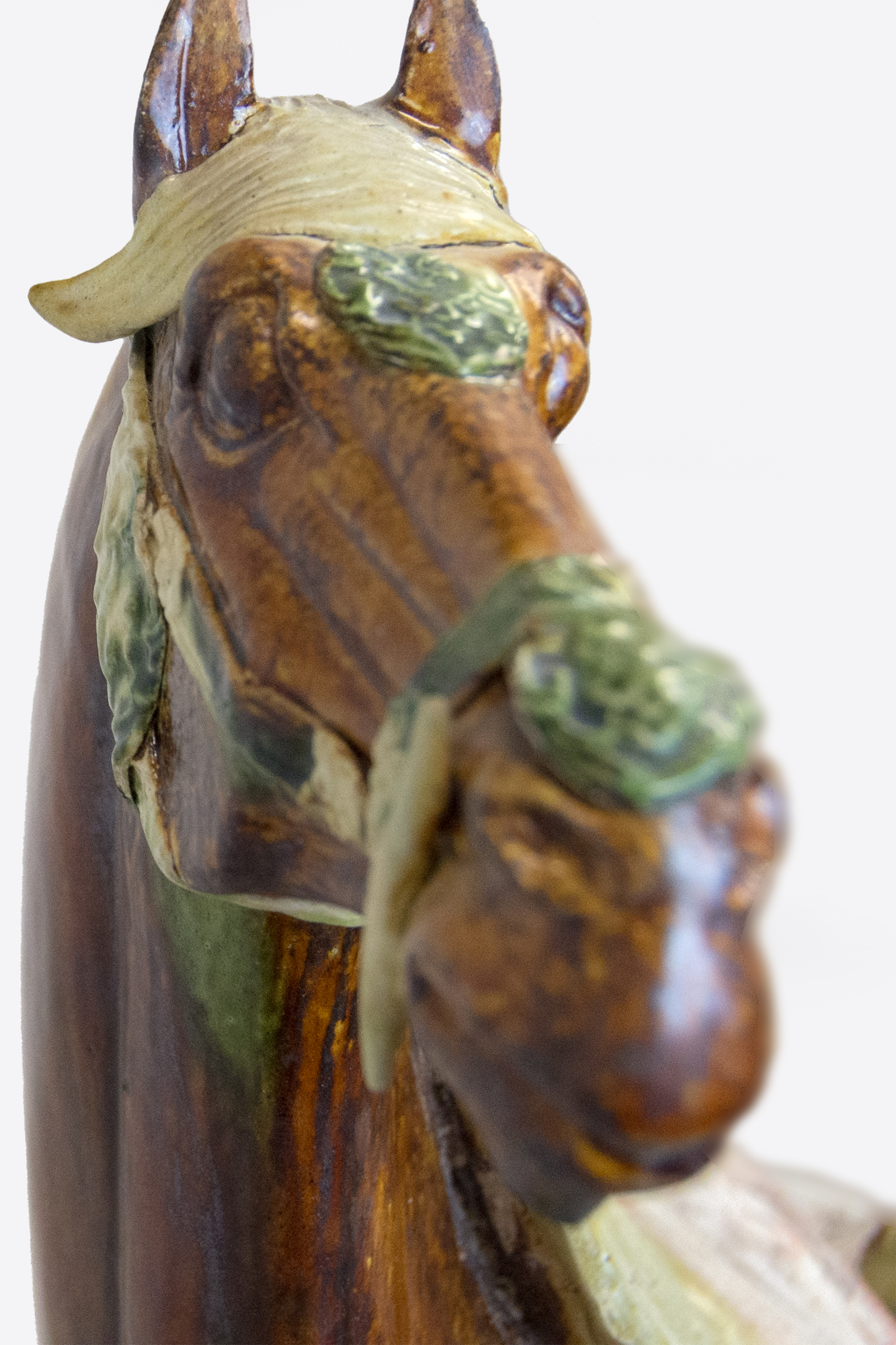

מקור ומקור
אוסף פרטי, וושינגטוןסוס מזוגג סנקאי זה היה סמל סטטוס מדהים עבור בעליו ורבים אבדו בזמן. פסל זה דומה לדוגמאות המוחזקים באוספים של מוזיאונים ברחבי העולם, כולל מוזיאון המטרופוליטן לאמנות, ניו יורק.


